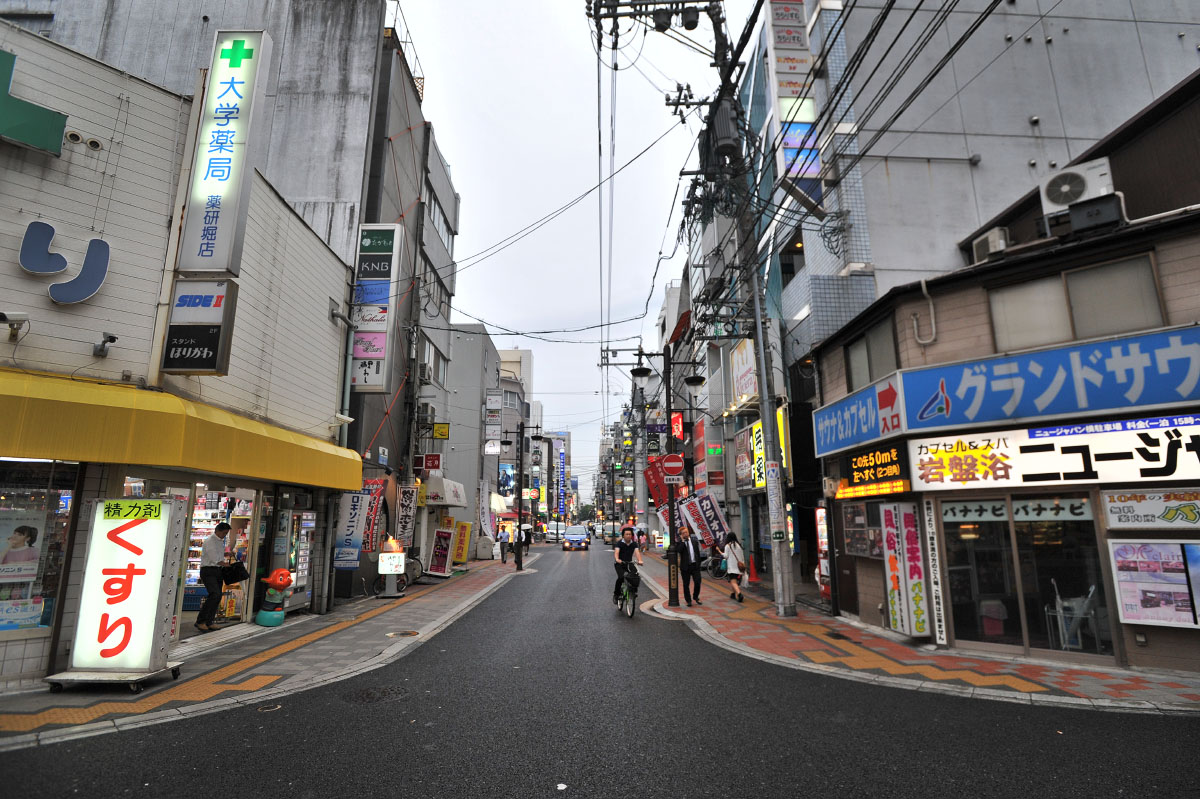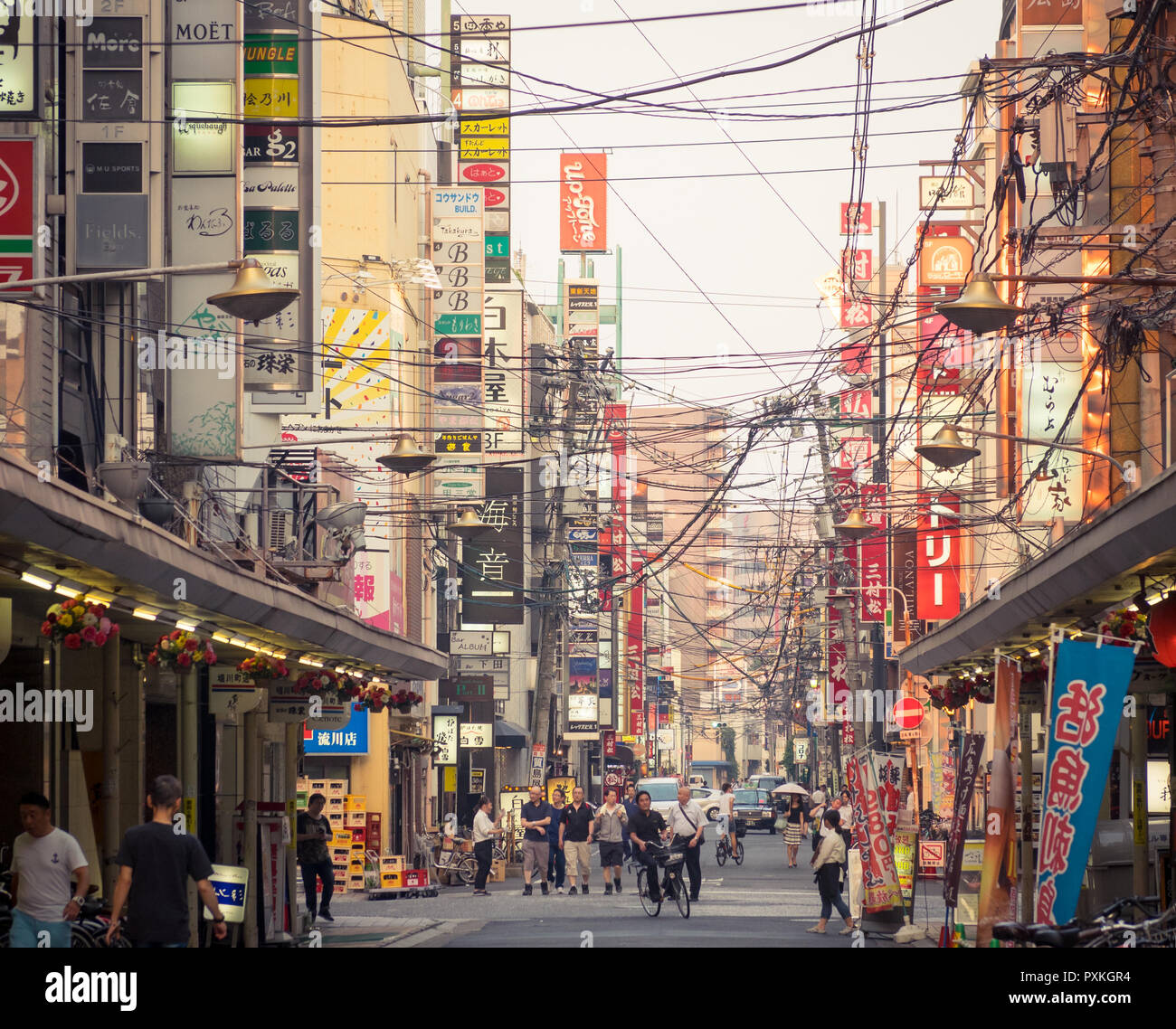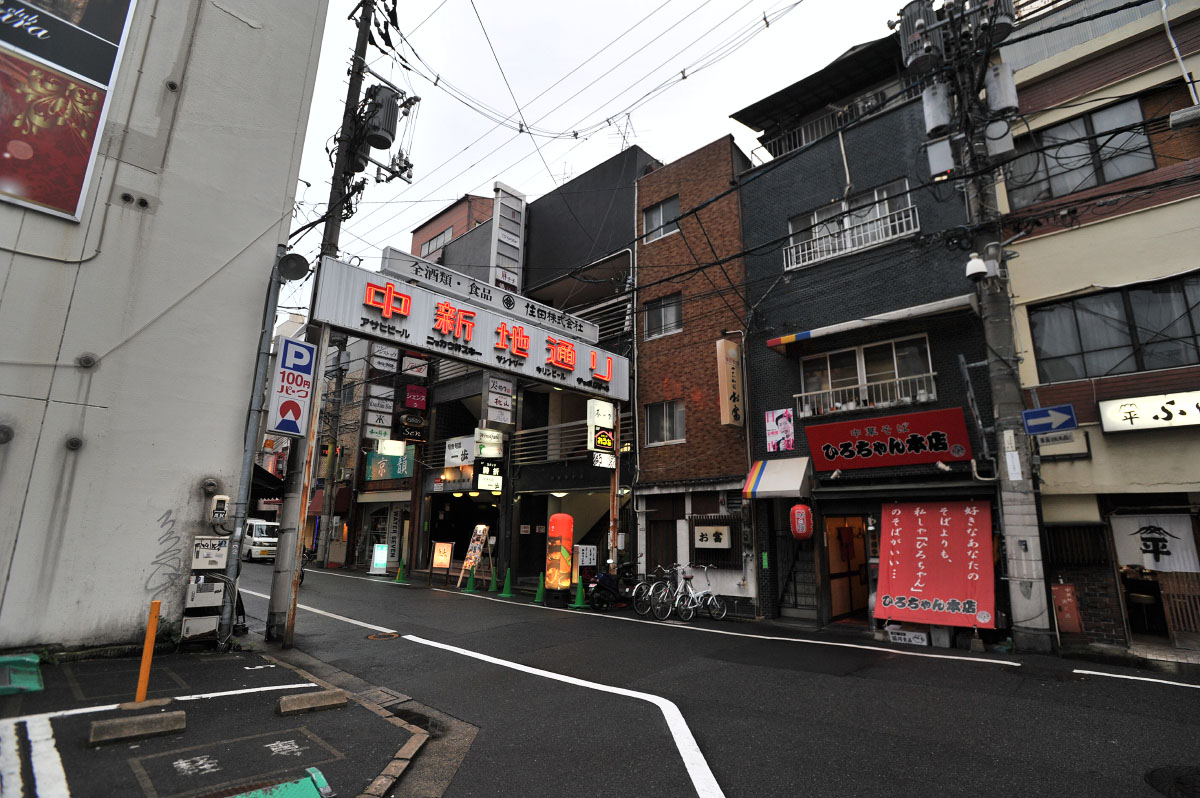- Joined
- Dec 10, 2011
- Messages
- 5,599
- Reaction score
- 2,717
Trees are important to cities. I'd like to discuss their role. At least these roles
1) Street furniture & place making
- a source of shade and comfort
- Sound deadening (noise pollution cure)
- visual screen
2) As climate partner
- stormwater management, air cleaning
- heat management
- carbon sequestration
3) Recreation asset
- Forested parks
- Rope Course?
4) Threats
- projects
- pests (gypsy moths released in Medford MA :-(
-- 17yr locusts (threat to small trees, rely on undisturbed forests)
-- asian longhorn
-- emerald ash borer
-- Chestnut blight
-- Dutch elm
-- Winter moth
- hostile people (cut a tree to steal a bike)
--- and things like ---
Tree age and size (the big issue on Melnea Cass)
- adding new trees
- getting them to maturity
- protecting them at maturity
Species selection & mix
Tree City USA
- does your town have a Forestry Plan?
- a Tree Warden?
- a prune, remove, plan, plant, grow plan?
1) Street furniture & place making
- a source of shade and comfort
- Sound deadening (noise pollution cure)
- visual screen
2) As climate partner
- stormwater management, air cleaning
- heat management
- carbon sequestration
3) Recreation asset
- Forested parks
- Rope Course?
4) Threats
- projects
- pests (gypsy moths released in Medford MA :-(
-- 17yr locusts (threat to small trees, rely on undisturbed forests)
-- asian longhorn
-- emerald ash borer
-- Chestnut blight
-- Dutch elm
-- Winter moth
- hostile people (cut a tree to steal a bike)
--- and things like ---
Tree age and size (the big issue on Melnea Cass)
- adding new trees
- getting them to maturity
- protecting them at maturity
Species selection & mix
Tree City USA
- does your town have a Forestry Plan?
- a Tree Warden?
- a prune, remove, plan, plant, grow plan?
Last edited:





